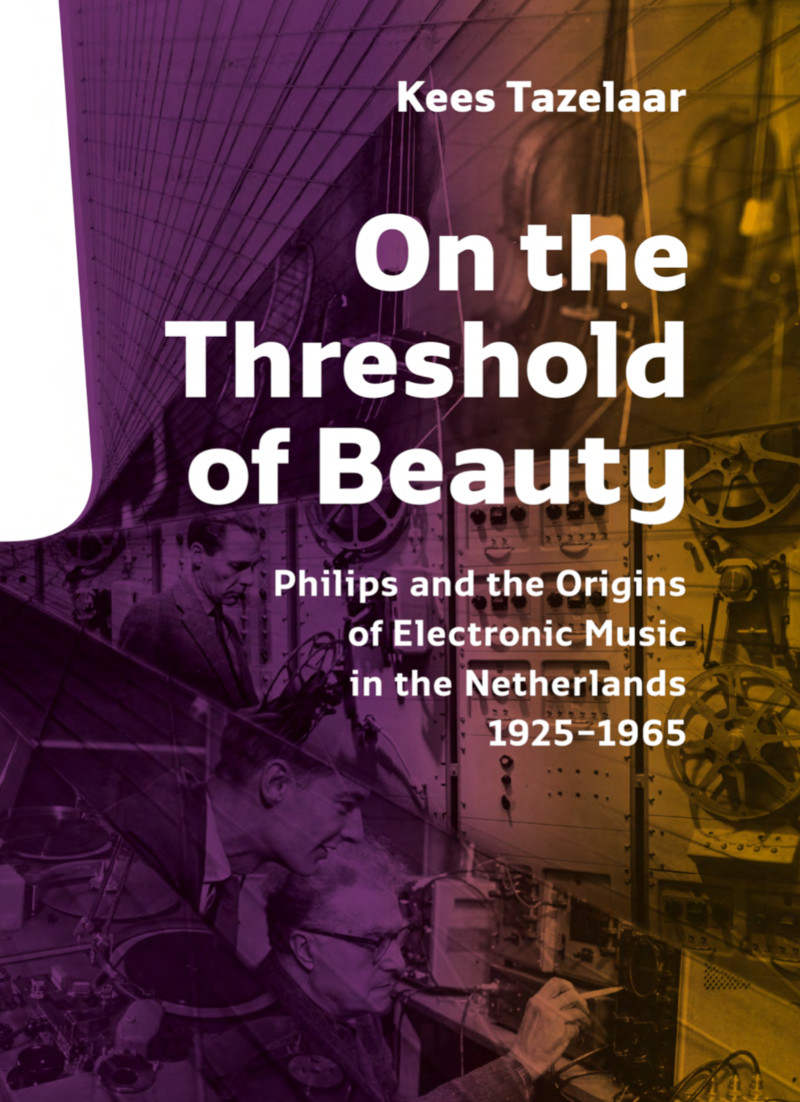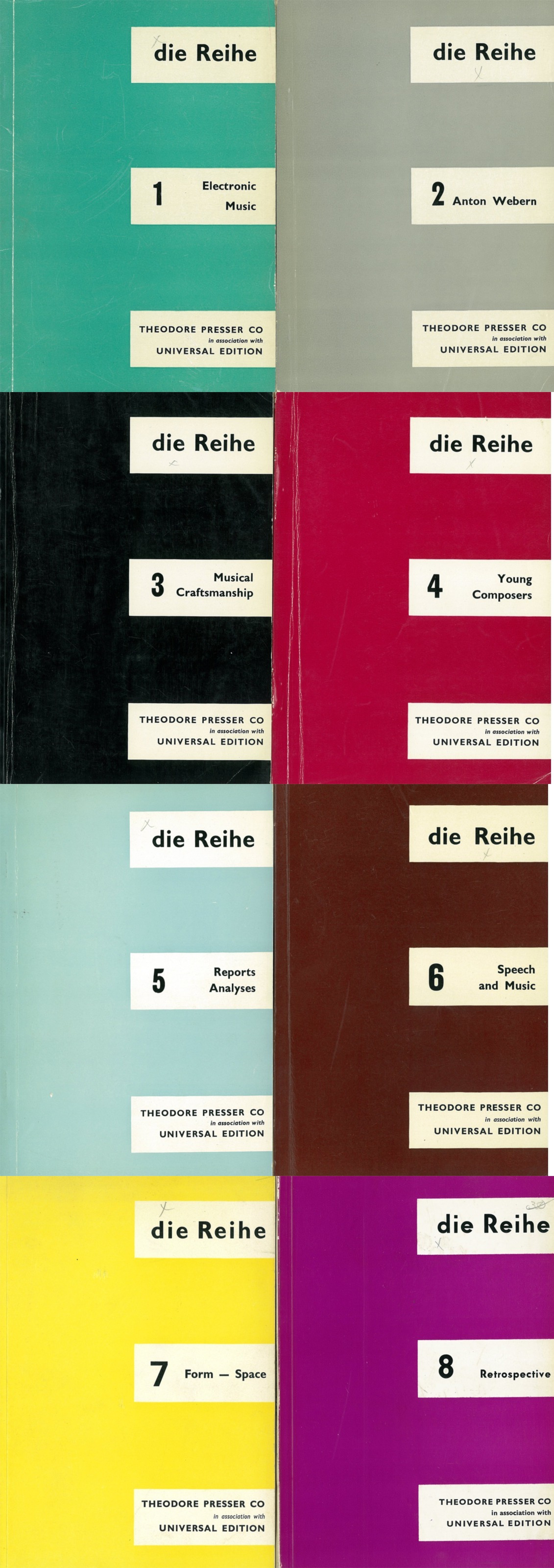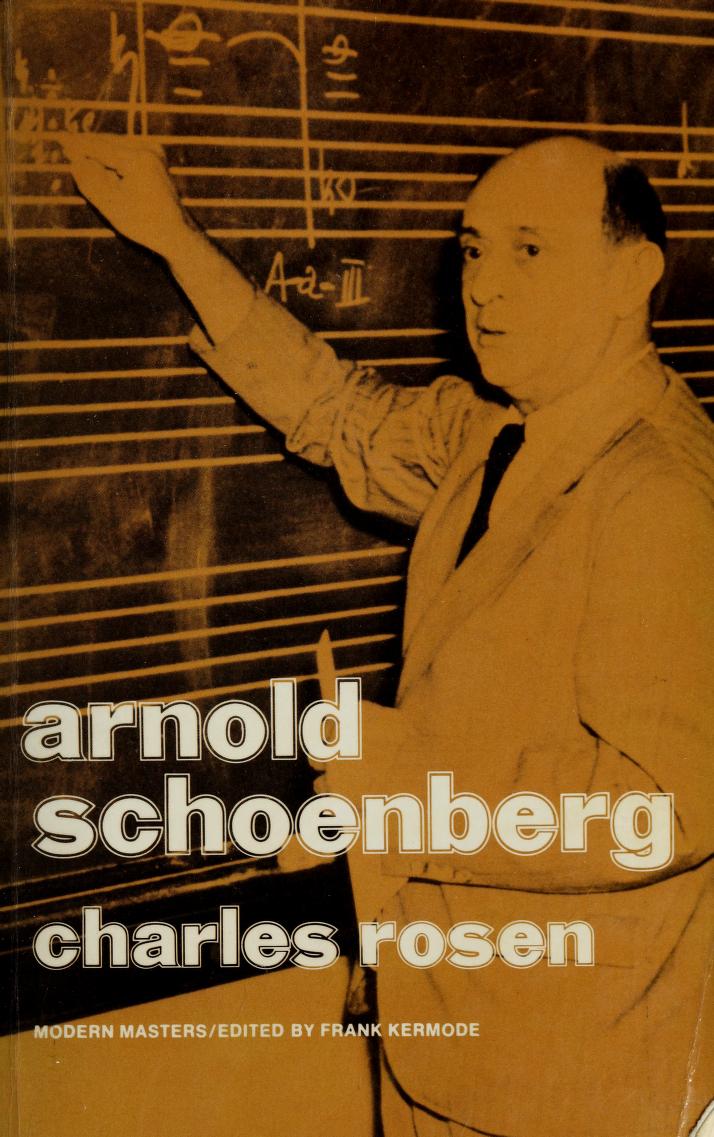Kees Tazelaar: On the Threshold of Beauty: Philips and the Origins of Electronic Music in the Netherlands, 1925-1965 (2013–)
Filed under book | Tags: · composition, electroacoustic music, electronic music, music, music history, musique concrète, netherlands, serialism

“The first studio for electronic music in the Netherlands was not a radio studio — as in so many other countries — it was located at the research laboratory of Philips (also known at NatLab). From 1930 it had been part of the electro-acoustic research program which combined technical, economic, sociologic and musical aspects. The first compositions realized in the Philips studio were thus test-cases. Parallel to this research, other departments of Philips, purely focused at marketing, developed plans for the Philips Pavilion at the World Expo of 1958 at Brussels. Philips planned a demonstration for the general public of the possibilities of sound and light, but through the engagement of Le Corbusier, Iannis Xenakis and Edgar Varèse this project took a strong turn towards the avant-garde. The result, now considered a milestone in the history of electronic music, was in many ways more experimental than the music produced at the Philips research laboratory.
The story of electronic music at the Philips research laboratory and the Philips Pavilion are the first two main strands of the book On the Threshold of Beauty, in which Kees Tazelaar for the first time unravels the course of events, and debunks some of the myths around the Philips Pavilion. A third historical strand concerns the needs of composers, who desired to learn how to compose in the new medium. In 1957 Walter Maas and the CEM set up an electronic studio at the Technical University of Delft for this purpose, which fused with the Philips studio in 1960, and afterwards moved to the University of Utrecht. Tazelaar writes about the works realized at this studio (STEM), as well as about the activities of the ground-breaking German composer Gottfried Michael Koenig who comes to the Netherlands in 1961 and in 1964 takes over the direction of STEM.”
Publisher V2_, Rotterdam, 2013
Revised digital edition, 2020
Open access
ISBN 9789462080652, 9462080658
314 pages
HT Raviv
Reviews: René van Peer (Eindhovens Dagblad, NL, 2013), Hubert Steins (MusikTexte, 2014, DE), Maarten Brandt (OpusKlassiek, NL, 2014), Aurelio Cianciotta (Neural, 2014), Gregory Taylor (Cycling74, 2015).
Book website
Publisher
Publisher (digital edition)
WorldCat
Die Reihe: A Periodical Devoted to Developments in Contemporary Music, 1-8 (1957-1968)
Filed under magazine | Tags: · electroacoustic music, electronic music, music, music criticism, music theory, serialism

Die Reihe was a German-language music journal, edited by Herbert Eimert and Karlheinz Stockhausen between 1955 and 1962. An English edition was published, under the original German title, between 1957 and 1968.
“The journal, whose title means “The Row” or “The Series”, owes its genesis to the founding of the electronic music studio of the Nordwestdeutscher Rundfunk (NWDR) in Cologne (later WDR) under the influence of Werner Meyer-Eppler, and the realisation that technology was becoming an important element in the work of younger composers. The contributions from composers working in the studio were frequently based on their projects there, and in the early stages of competing with the radio-play department for resources, Eimert found having such a journal useful. It helped to raise the studio’s educational and academic profile above the entertainment aims of other departments of the radio station, as well as providing opportunities to young authors for publication.”
Contributors include György Ligeti, Mauricio Kagel, John Cage, Pierre Boulez, and others.
Reviews: Dika Newlin (of 1st DE issue, Notes, 1956), Dika Newlin (of 1st EN issue, Notes, 1958), Dika Newlin (of 2nd EN issue, Notes, 1959), Dika Newlin (of 3rd EN issue, Notes, 1960), George Perle (of 3rd EN issue, J Music Theory, 1960), Dika Newlin (of 5th EN issue, Notes, 1962), P.A.E. (of 5th EN issue, Music & Letters, 1962).
Commentary: John Backus, “Die Reihe—A Scientific Evaluation” (Perspectives of New Music, 1962).
Tables of contents of German edition
Wikipedia
Edited by Herbert Eimert and Karlheinz Stockhausen
Publisher Theodore Presser, Bryn Mawr, PA, with Universal Edition, London, 1957-1968.
800 pages
Each of the eight issues was dedicated to a different theme, announced in a subtitle (with links to sections in PDF):
Electronic Music, 1957, vi+62 pp
Anton Webern, 1958, vii+100 pp
Musical Craftsmanship, 1959, 88 pp
Young Composers, 1960, 135 pp
Reports—Analyses, 1961, 121 pp
Speech and Music, 1964, 95 pp
Form—Space, 1964, 87 pp
Retrospective, 1968, 98 pp
All 8 issues in single PDF (17 MB, no OCR)
Comment (1)Charles Rosen: Arnold Schoenberg (1975)
Filed under book | Tags: · biography, composition, expressionism, music, music history, music theory, serialism

In this lucid, revealing book, pianist and scholar Charles Rosen sheds light on the elusive music of Arnold Schoenberg and his challenge to conventional musical forms. Rosen argues that Schoenberg’s music, with its atonality and dissonance, possesses a rare balance of form and emotion, making it, according to Rosen, “the most expressive music ever written.” Concise and accessible, this book will appeal to fans, non-fans, and scholars of Schoenberg, and to those who have yet to be introduced to the works of one of the greatest composers of the twentieth century.
Publisher Viking Press, New York, 1975
ISBN 06701331617
113 pages
Review (Joel Sachs, The Musical Quarterly, 1977)
Review (Joseph Horowitz, Music Journal, 1976)
Review (Robert Craft, The New York Times, 1975)
PDF (17 MB, no OCR)
More works by and on Schoenberg (Monoskop wiki)

